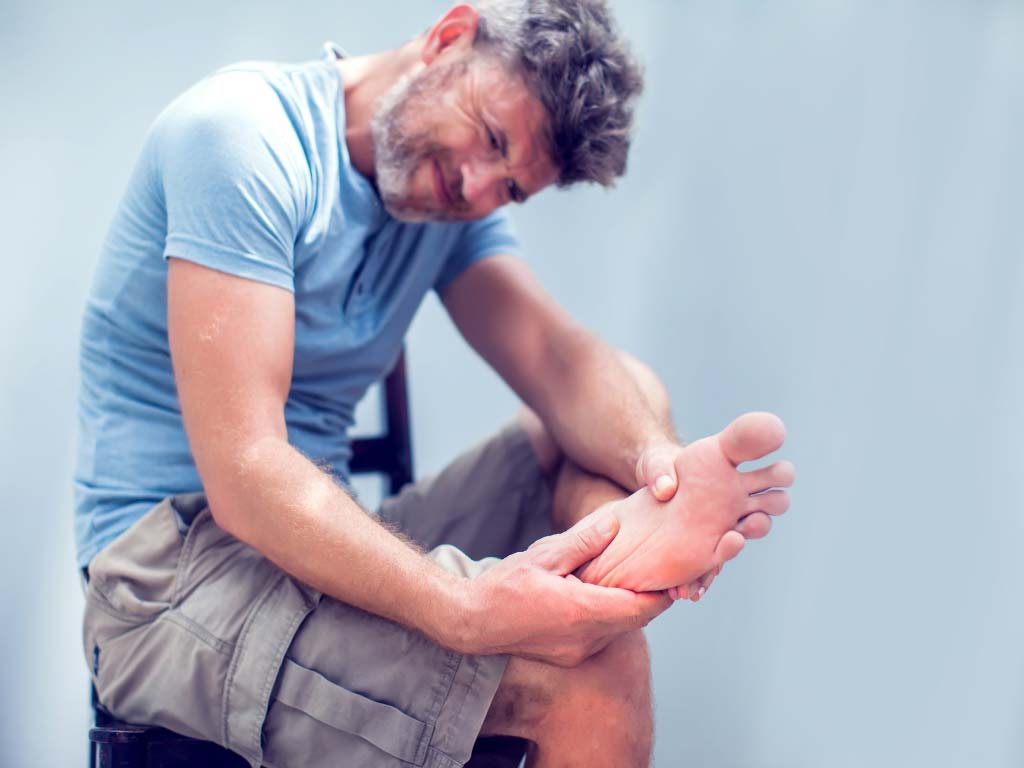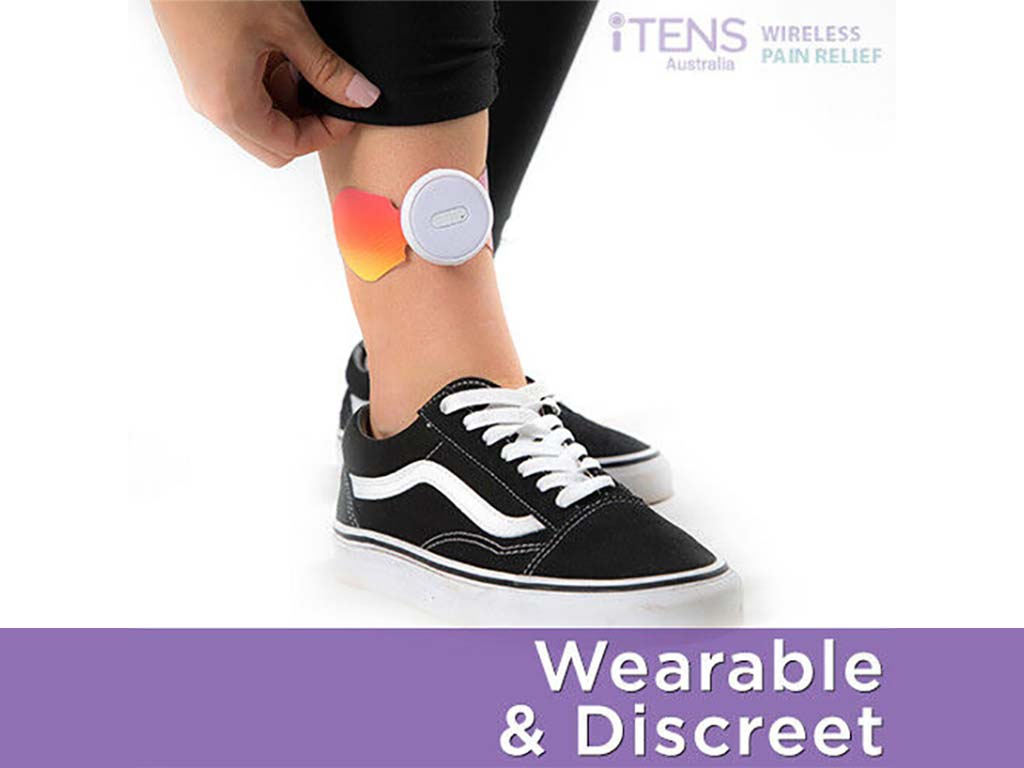
Complex Regional Pain Syndrome (CRPS) is a chronic pain condition that affects the nervous system. It causes intense, burning pain and inflammation in the affected area. Managing this condition can be challenging, but one effective option to consider is Transcutaneous Electrical Nerve Stimulation (TENS). A TENS unit for CRPS delivers mild electrical currents to the body to disrupt the transmission of pain signals. As a result, it provides temporary relief and comfort.
CRPS can affect the limbs, usually on the arm or leg. Unfortunately, it is a debilitating and incurable condition, significantly affecting the quality of life. Therefore, early diagnosis and treatment can help manage pain. TENS therapy offers a non-pharmacological approach to managing pain associated with CRPS, making it a valuable tool in the treatment arsenal. This article will provide a comprehensive overview of the regional pain syndrome, using a TENS unit for the condition, and how it works.
Understanding the Condition Before Using a TENS Unit for CRPS
CRPS, also known as Reflex Sympathetic Dystrophy (RSD), is a condition that typically develops after an injury or trauma to a limb. It is characterised by severe pain, swelling, skin temperature and colour changes, and sensitivity to light touch. The exact cause of CRPS is not fully understood, but it is believed to involve dysfunction in the nervous system.
People with this disorder may experience changes in the symptoms over time. Pain, swelling, and redness usually occur first. Then, the affected limb can become cold and pale with muscle spasms and joint stiffness. Thus, early diagnosis is crucial to prevent the nerve damage from worsening. A doctor may review the medical history of a patient and run bone scans, x-rays, and Magnetic Resonance Imaging (MRI).
Pain management may involve a multidisciplinary approach, including physical and occupational therapy. Using a TENS unit for CRPS can be a valuable part of this treatment plan. It uses electrical stimulation to alleviate painful symptoms and other discomforts. Moreover, it is vital to work closely with a healthcare professional for guidance on the proper usage of the device.
Causes of CRPS
- Trauma or injury: It may originate from a fracture, after surgery, or other types of trauma. A displaced or splintered bone can injure the peripheral nerves.
- Nerve damage: Damage to the sensory or autonomic nerve fibres is the common cause of CRPS.
- Infections: Viral or bacterial infection can sometimes trigger CRPS.
- Immune system issues: Abnormal responses of the immune system could also contribute to the development of CRPS.
- Genetic factors: Certain individuals may predisposed to developing the painful condition.
- Inflammation: Swelling of the nerves that control blood flow, temperature, and sensation.
- Diabetic neuropathy: A chronic condition that affects nerve regeneration can be a risk factor.

How Does a TENS Unit for CRPS Work?
A TENS unit for CRPS works by delivering small electrical impulses through electrodes placed on the skin near the pain area. These impulses stimulate the nerves to close the gating mechanism in the spinal cord, where pain signals pass through the brain. Consequently, the brain processes fewer signals, resulting in a reduction in pain intensity.
Additionally, a TENS unit can trigger the production of endorphins. Endorphins are neurotransmitters that act as natural pain relievers, helping to alleviate discomfort and promote a sense of well-being. Moreover, electrical stimulation can improve circulation, reduce inflammation, and relax the muscles in the area. This can help enhance the range of motion at the painful joint and overall functional capacity.
TENS machines can be adjusted to provide different levels of intensity and frequency. This allows for personalised treatment based on individual pain levels and tolerance. Aside from alleviating CRPS symptoms, TENS is also beneficial for other conditions, such as neuropathic pain, musculoskeletal pain, and other types of spontaneous pain.
Benefits of TENS Treatment
TENS therapy is a drug-free and non-invasive method of pain relief. Its natural approach does not pose any risk of addiction or side effects commonly associated with medication. This makes it suitable for long-term management of chronic pain conditions like complex regional pain syndrome type.
Furthermore, TENS can be used alone or in combination with conventional treatments like exercise therapy. Many physical therapy programs include TENS for more effective improvement of symptoms. Another benefit is versatility. TENS units are portable, allowing individuals to manage painful symptoms at home or on the go. Lastly, it provides targeted pain relief through its adjustable settings.

How to Use a TENS Unit for CRPS
Before using a TENS unit for CRPS, it is crucial to consult with a health professional. They can provide guidance on the proper settings based on specific conditions and pain intensity. They can also determine if electric nerve stimulation in patients is a suitable treatment. Additionally, identify the electrode placement. Attach the pads near the affected limb and turn on the machine.
The next step is adjusting the settings. Start with a low intensity and gradually increase until the tingling sensations become strong but comfortable. It is important not to exceed the recommended intensity level to prevent skin irritation or discomfort. Moreover, high-frequency TENS (50 Hz and above) with no muscle contraction best activate the pain gating mechanism.
Users may alternate low-frequency TENS (10 Hz and below) to release endorphins. In addition, the duration of treatment is typically 30 to 60 minutes. Use several times a day as needed with regular break intervals. Also, daily usage may help in the reduction of pain and improve the quality of life.
Pad Placement for Effective Relief
The placement of electrodes will vary depending on the pain location, but they should target the affected peripheral nerves. For CRPS, it is recommended to place the electrodes on or near the affected limb. For example, if the pain is in the hand, electrodes can be placed on the wrist or palm.
If the pain is in the foot, electrodes can be placed around the ankle or sole of the foot. It is important to ensure the skin is clean and dry before placing the electrodes. Likewise, avoid areas with skin irritation, infection, or reduced sensation.
Conclusion
CRPS is an uncommon, debilitating, persistent pain condition that affects the quality of life of those who suffer from it. A TENS unit for CRPS offers safe and effective pain relief without the risks associated with medication. TENS therapy can help improve circulation and reduce inflammation. It can also be a part of the rehabilitation treatment to help enhance the range of motion and overall function. Therefore, it can provide much-needed relief for those dealing with chronic pain conditions.
TENS therapy works by closing the passageway of pain signals in the spinal column, thereby blocking them from reaching the brain. It also helps release endorphins. Thus, it offers a natural and non-invasive approach to pain management. Nevertheless, consulting with a professional is essential for safe and effective use. With proper electrode placement and settings, individuals with CRPS can experience significant improvement in symptoms.







